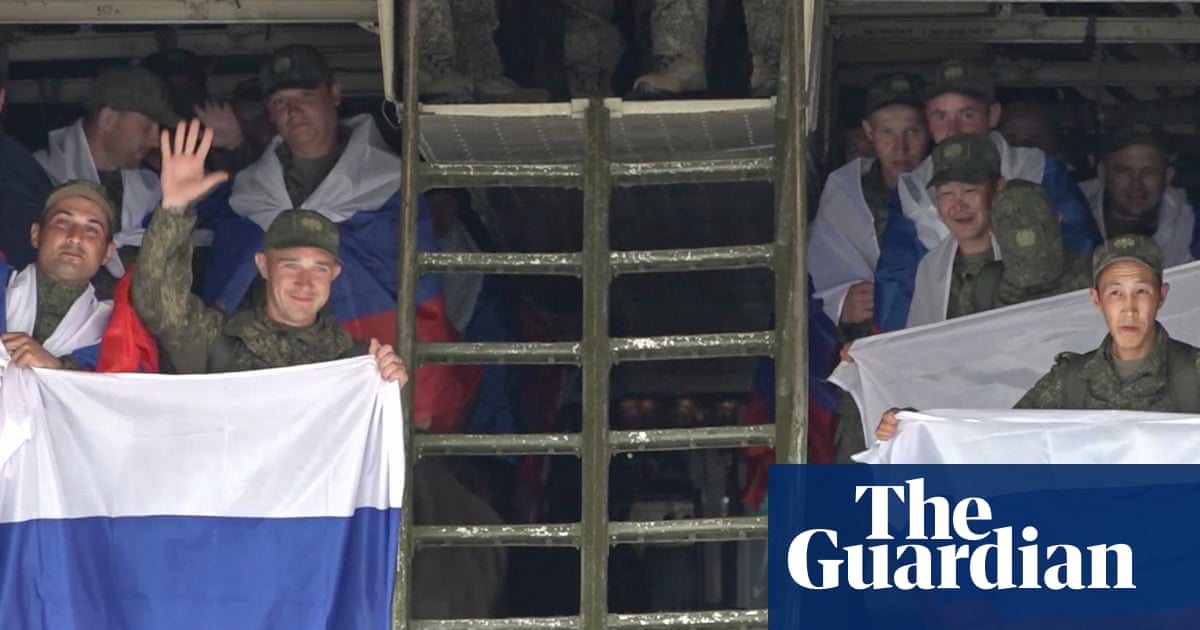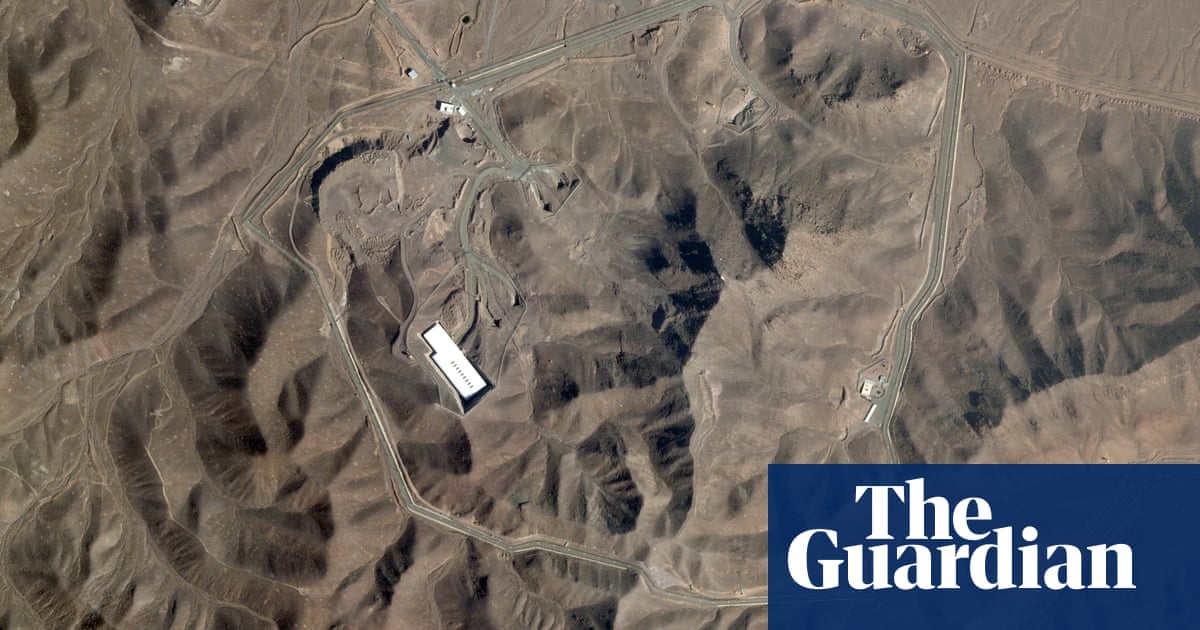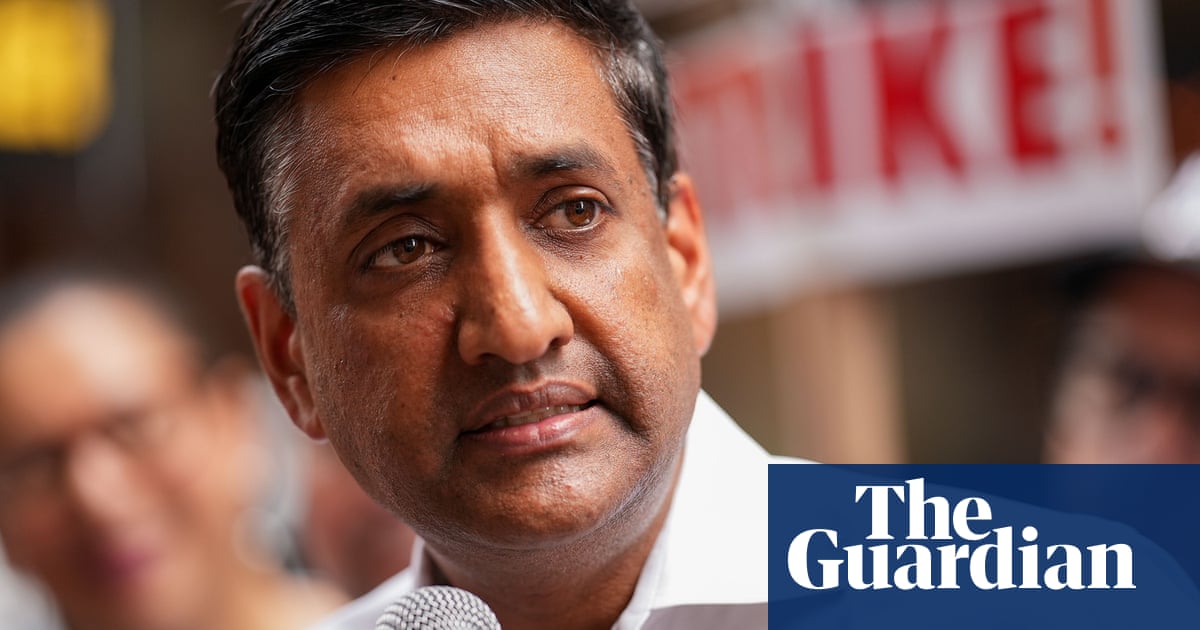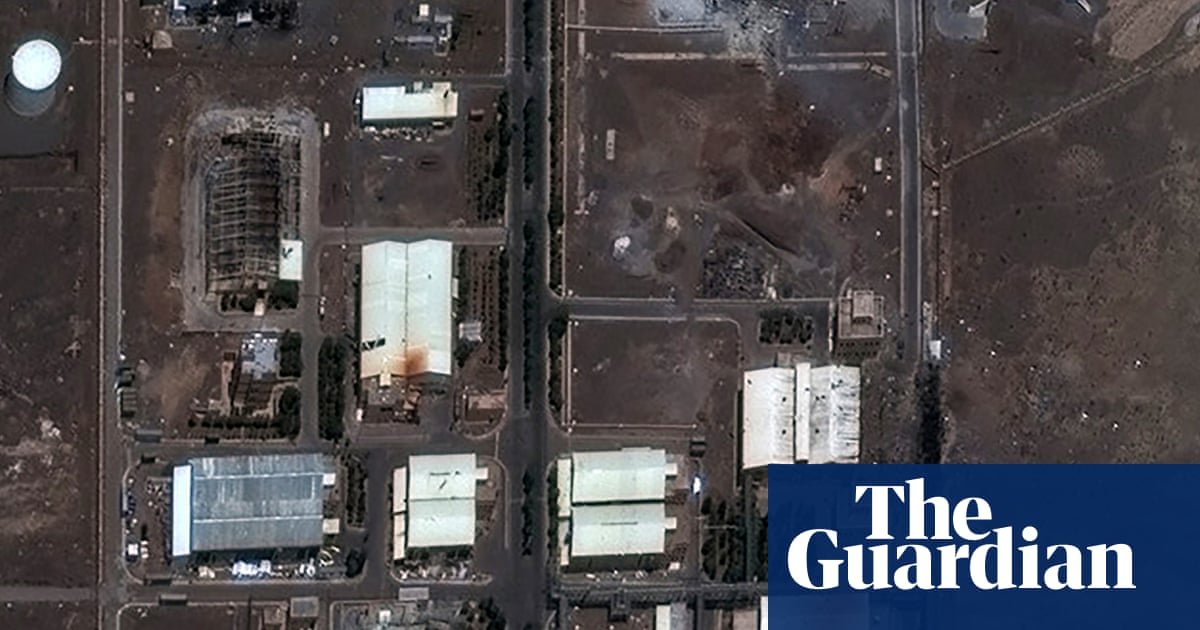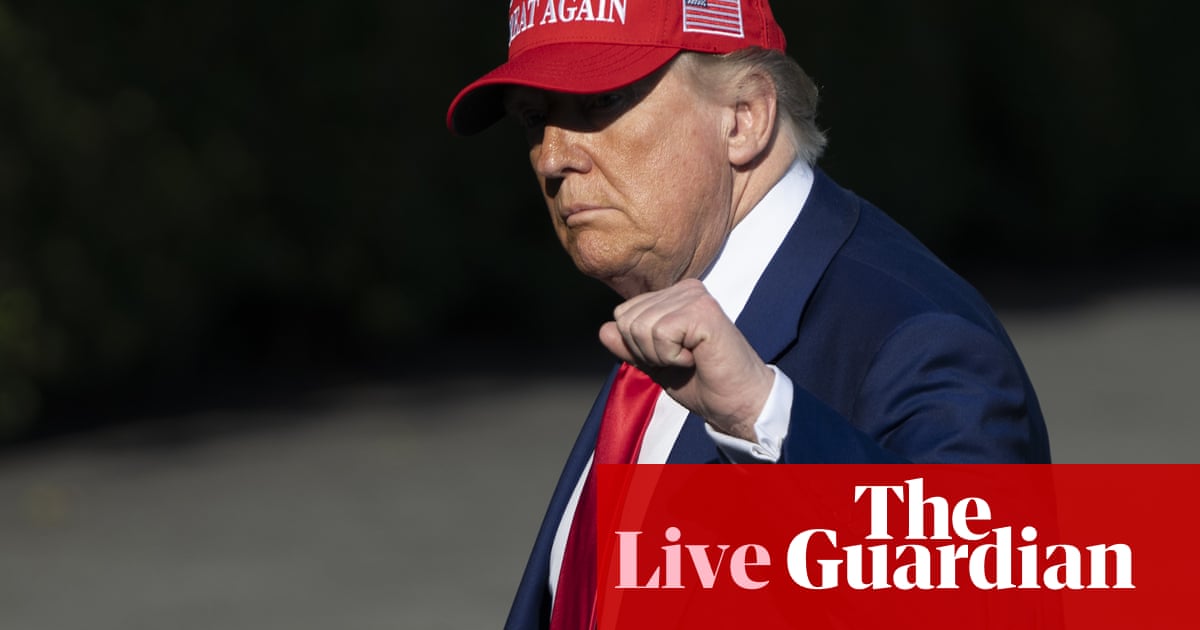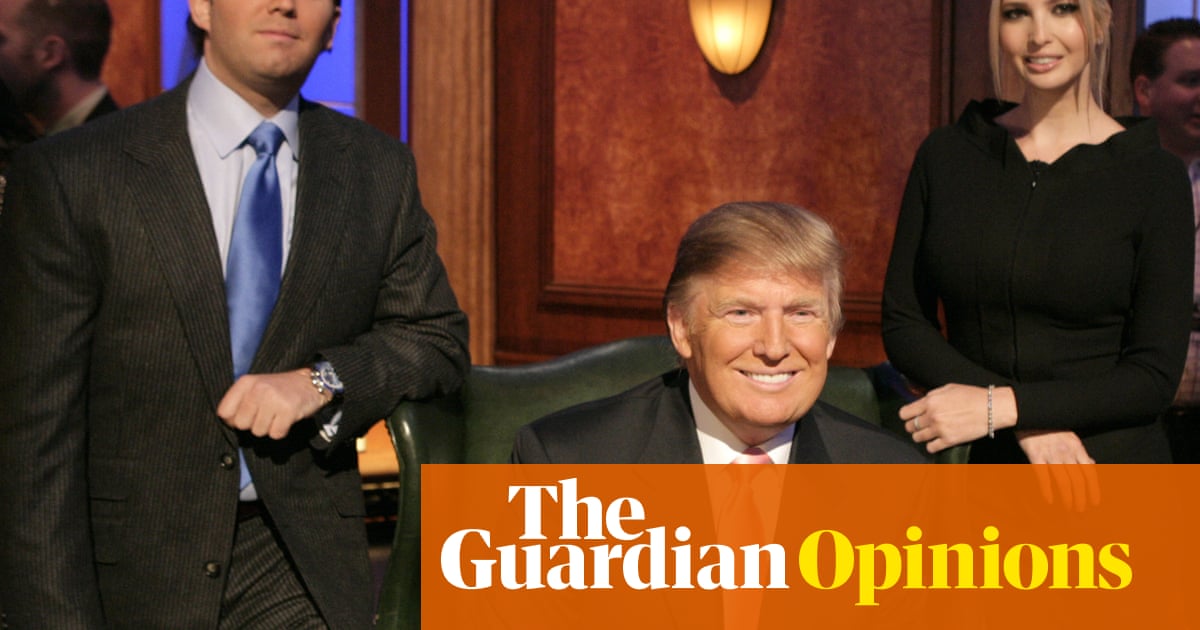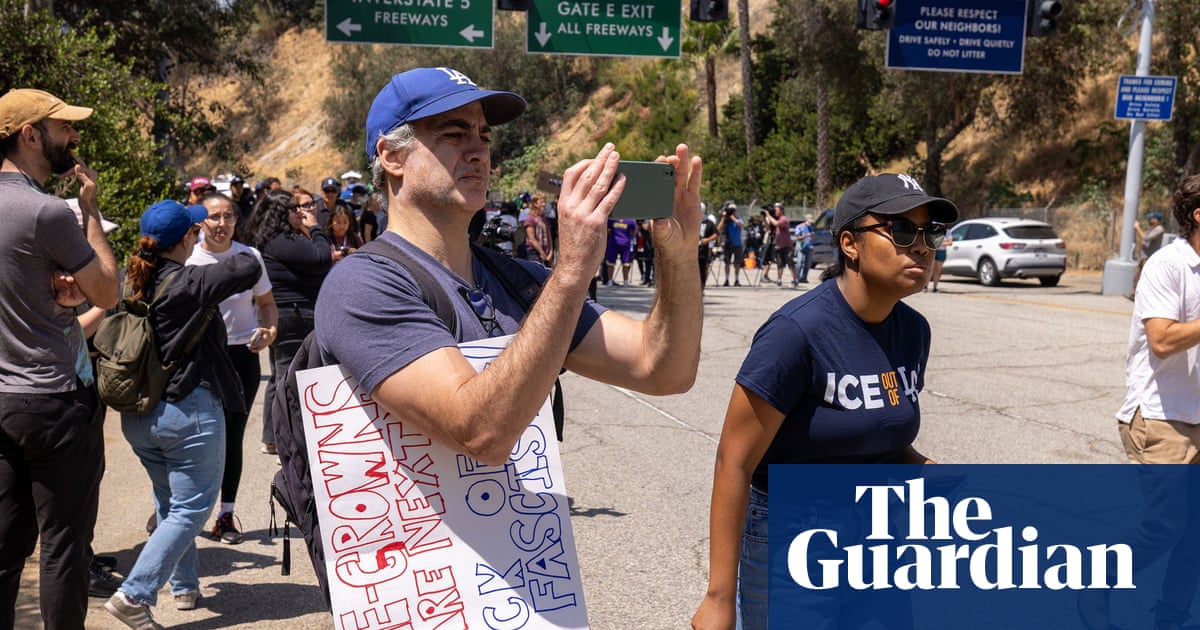“The arms race between India and Pakistan poses perhaps the most probable prospect for future use of weapons of mass destruction, including nuclear weapons,” James Woolsey, the CIA director, told Congress in 1993. That assessment is relevant now, after days of escalating conflict that included missile and drone strikes on military bases. It is a uniquely modern arms race: high on nationalist fervour and habitual mistrust, choreographed so that each clash is always just one provocation away from becoming the last.
On Saturday, Donald Trump announced a “full and immediate” ceasefire between India and Pakistan. The truce, brokered by US officials, came amid speculation by military analysts that Pakistan was edging closer to using nuclear weapons. It was met with cautious optimism – not least as both sides accused each other of violating the agreement within hours, with reports of cross-border shelling in Indian-administered Kashmir. Should the ceasefire pause the missiles, it won’t resolve the deeper dispute at the roof of the world.
Since partition in 1947, Kashmir has remained the unresolved centrepiece of the two nations’ rivalry. Mr Trump’s off-ramp for Pakistan appeared to be the offer to find a solution to the Himalayan region, whose populated parts have been effectively split between India and Pakistan. This suggestion won’t find favour with India – it sees Kashmir as a bilateral issue, not one for outside meddling.
The pattern is tragically familiar. The world has watched the same chessboard reset too many times. The trigger this time was a brutal terrorist attack in Indian-administered Kashmir, which killed two dozen Indian tourists and was claimed by a group that India – and other analysts – say is an offshoot of a United Nations-designated terror organisation. Its actions brought to an end efforts by Pakistan’s political leadership to build bridges with Delhi.
It’s easy to overlook now, but in February, Pakistan’s prime minister, Shehbaz Sharif, made a bold pitch for talks – even on Kashmir – as his country staggered under sky-high inflation and International Monetary Fund-driven austerity. Every time regional peace is within reach, violence snatches it away. The 1999 Lahore declaration? Erased by the Kargil war months later. Trade and travel deals in the early 2000s? Blown apart by the 2008 Mumbai attacks by Pakistani terror groups. The 2015 handshake between India’s prime minister, Narendra Modi, and Pakistan’s Nawaz Sharif? Derailed weeks later by an assault on an Indian airbase by militants. So when the 2025 outreach was followed by yet another attack, it wasn’t a surprise. It was deja vu.
In India Mr Modi leads a coalition government facing a political reality that constrains his ability to engage in diplomatic overtures without appearing weak, especially in the face of nationalist pressures – notably from his own hardline base. Mr Modi deserves credit for restraint after the weekend’s ceasefire breaches. But terror strikes against civilians are a different matter. Each becomes a test of resolve, compelling a response that risks further escalation. Inaction would be perceived as weakness. Every attack forces a decision: how hard to hit back? How far to escalate? How much political capital to risk?
Both sides know how to manage tension – until they don’t. The real threat isn’t intent, but miscalculation under pressure. Ceasefires soothe, but solve nothing fundamental. The tragedy is how predictably the guns speak again when nothing changes.

 1 month ago
29
1 month ago
29
